Emma vs Simba – I’ve compared the two mattress brands to help you work out which is the right choice for you
What is the difference between Emma and Simba, and which of these two bestselling mattress brands is the right choice for you? We compare the two brands side by side


If you’ve been researching a new mattress lately, then you’ve likely come across the Emma vs Simba debate.
These brands are perhaps two of the best-known names in the UK sleep market, at least if online searches are anything to go by. ‘Emma mattress’ averages a whopping 110,000 online searches per month, and ‘Simba mattress’ is a close second with 74,000 online searches per month.
Both brands also regularly feature Ideal Home's guide to the best mattress money can buy. But which brand comes out on top in the Emma vs Simba battle? We dig into the nitty-gritty to find out.
Emma vs Simba
On the face of it, these two sleep brands have a lot in common. Both are online only retailers, both offer mattress-in-a-box delivery, and both offer a choice of memory foam hybrid mattresses at a range of different price points. However, dig into the details and there are some key differences between the two retailers.
Emma mattress range
Emma offers four mattresses, and has the most affordable pricing of the two brands, with its lowest priced mattress, the Emma Hybrid Original, starting at £359 for a double.
All prices below are correct as of writing, and reflect the full recommended retail price for a double mattress.
- Emma Hybrid Original | £359 | 22cm : hybrid memory foam and pocket springs
- Emma Hybrid Premium | £528 | 25cm : hybrid memory foam and pocket spring
- Emma Hybrid Thermosync | £799 | 27cm : hybrid graphite-infused memory foam and pocket spring
- Emma Hybrid Airgrid mattress | £999 | 27cm : hybrid AirGrid foam, memory foam, and pocket spring
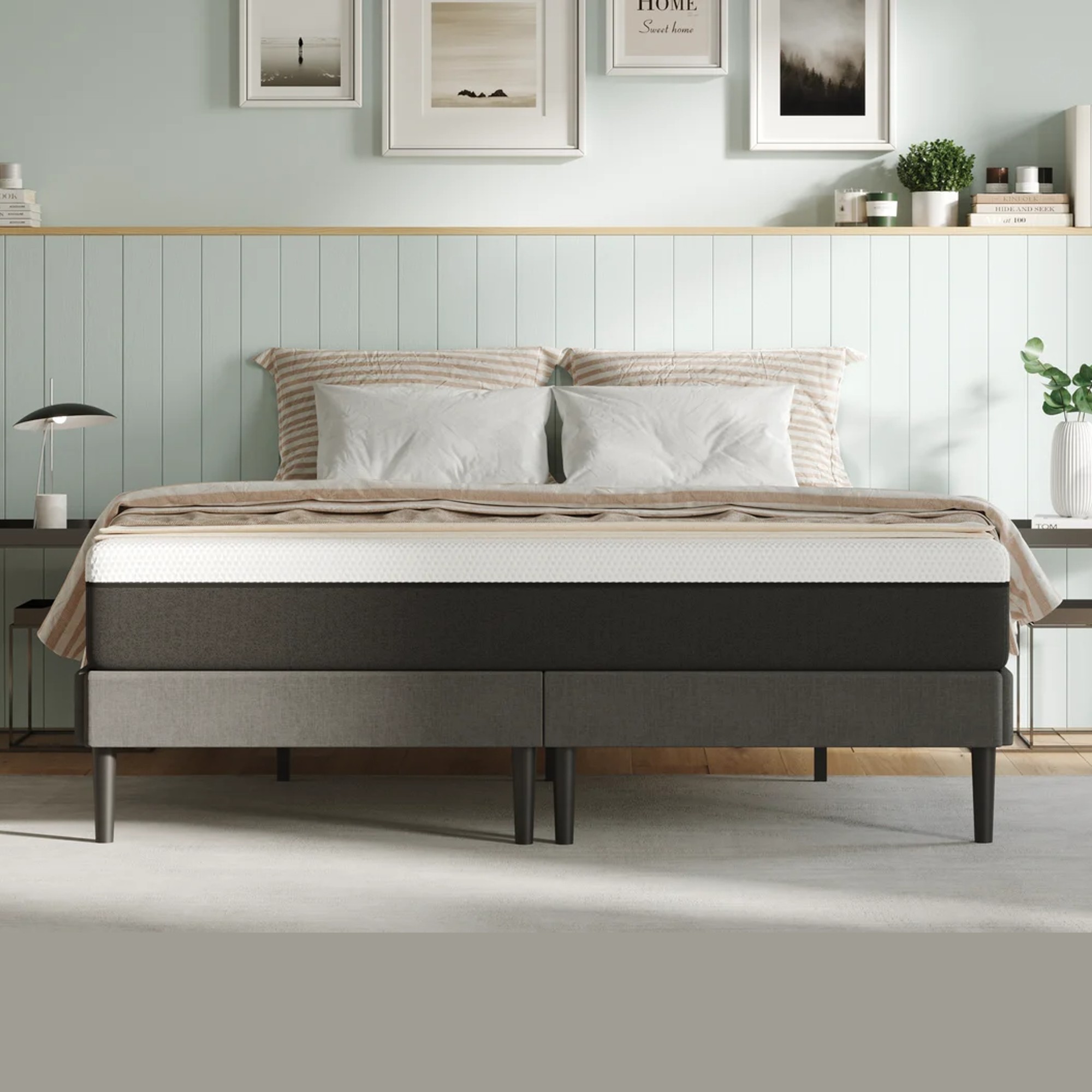
Simba mattress range
In contrast, Simba's most affordable mattress, the Simba Hybrid Essential, starts at £649 for a double. The brands collection is much larger, and features the 'Earth' range, which incorporates more natural materials.
Sign up to our newsletter for style inspiration, real homes, project and garden advice and shopping know-how
All prices are correct as of writing, and reflect the full recommended retail price for a double mattress.
- Simba Hybrid Essential | £649 | 20cm : hybrid open-cell graphite-infused memory foam and micro springs
- Simba Hybrid | £799 | 25cm : hybrid open-cell graphite-infused memory foam and micro springs
- Simba Hybrid Pro | £1199 | 28cm : double layer springs, open-cell graphite-infused memory foam, wool
- Simba Hybrid Luxe | £1699 | 31cm : triple layer springs, open-cell graphite-infused memory foam, wool and bamboo
- Simba Hybrid Ultra | £2299 | 34cm : triple layer springs, open-cell graphite-infused memory foam, kapok, wool and bamboo
- Simba Earth Source | £1199 | 25cm : double spring layer, wool, hemp and flax
- Simba Earth Escape | £1699 | 28cm : triple spring layer, wool, hemp, and flax
- Simba Earth Apex | £1999 | 30cm : triple spring layer, cashmere, mohair, wool, hemp, and flax

Mattress comparison
First, and probably most importantly, how do Emma mattresses rate against Simba mattresses? We’ve now put multiple Emma and Simba mattresses through Ideal Home's mattress testing process, and, overall, we've found the Simba Hybrid mattress to be the best all-rounder.
The Simba Hybrid (previously known as the Simba Hybrid Original) offers a winning combination of good cushioning, medium-firm support, decent temperature regulation, good motion isolation, and good value for money. It also benefits from Simba's room of choice delivery and excellent customer service support.
Emma's closest match to the Simba Hybrid is the Emma ThermoSync mattress, but with this mattress you only get doorstep delivery, there's no option of removal of your old mattress on delivery day, and in our experience, there's a lot less communication during the delivery process than Simba offers.
You can see how each Simba and Emma mattress Ideal Home has reviewed ranks below. Click through to read the full review.
- Simba Hybrid Original review | £799 : a great all-rounder 5 out of 5
- Simba Hybrid Pro review | £1199 : added breathability and a firmer feel 4.5 out of 5
- Emma Hybrid ThermoSync review | £799 : Emma's coolest mattress 4.5 out of 5
- Emma Hybrid Premium review | £528 : an affordable memory foam hybrid 4.5 out of 5
- Simba Hybrid Essential review | £649 : an entry-level memory foam hybrid that's just a bit pricey 4 out of 5
- Emma Hybrid Original review | £359 : a basic but budget-friendly hybrid mattress 3.5 out of 5
- Emma Hybrid Airgrid review | £999 : AirGrid support that proved a bit too bouncy for our reviewer 3.5 out of 5
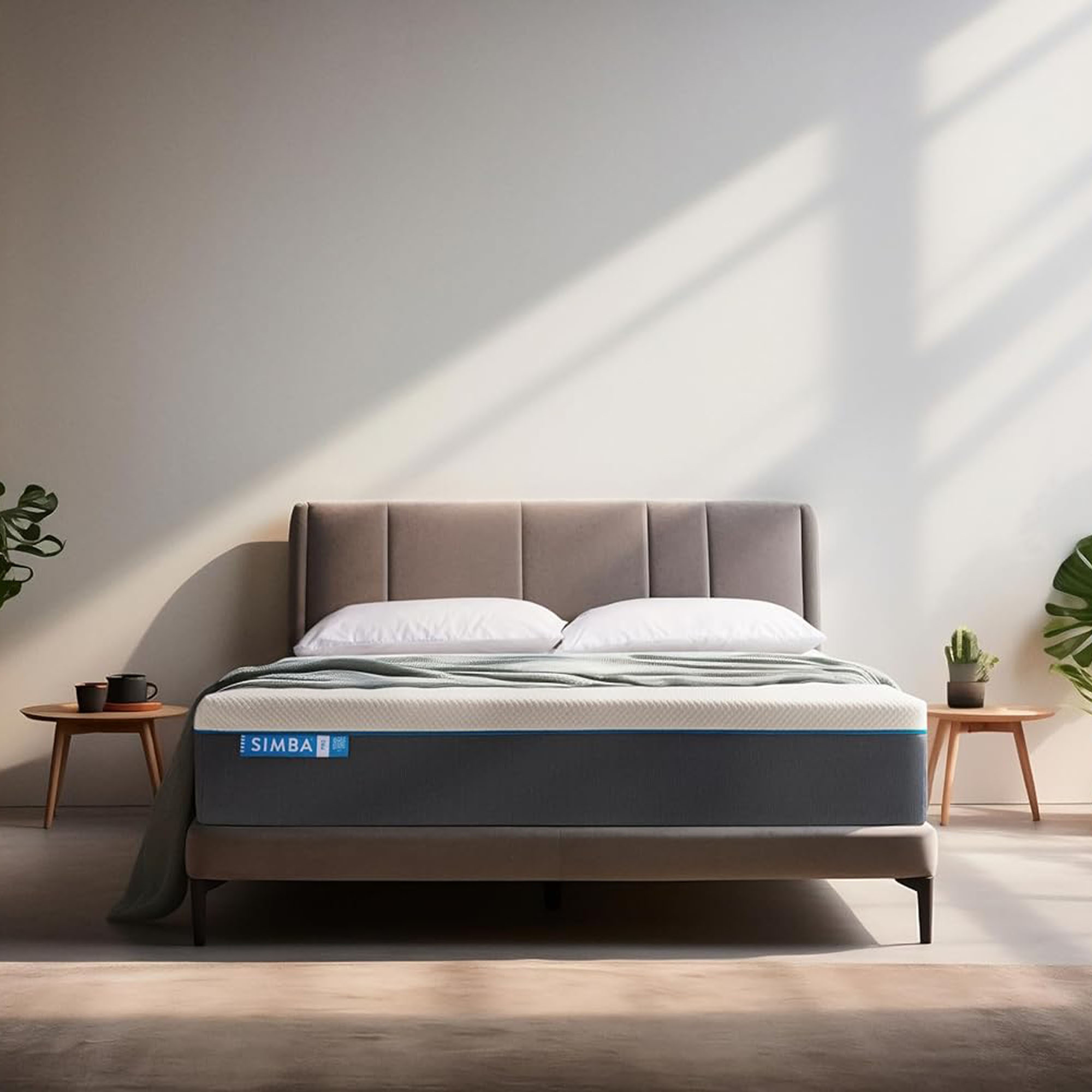
Simba and Emma deals and discounts
Of course, the full price of the brand's mattresses is less relevant when there are deals on, and both Emma and Simba offer deals and discounts throughout the year, with Black Friday deals usually offering the lowest prices.
In 2025, Emma is offering Black Friday discounts of up to 30% off selected mattresses, whilst Simba's Black Friday deals are also offering 30% off selected products.
Customer satisfaction comparison
As of writing, Simba has over 50,000 reviews on Trustpilot, with an average rating of 4.3 out of 5 stars. 78% of reviewers gave the brand 5 stars, with customers raving about the comfort of the mattresses, the ease of setting them up from the box, and the speedy delivery service. 7% of reviewers rated the brand just 1 star.
In contrast, Emma has just under 50,000 reviews on Trustpilot and an average rating of 3.1 out of 5 stars. 61% of reviewers gave the brand 5 stars, but 23% of reviewers only gave the retailer 1 star, with complaints about poor communication and poor customer service being the main theme.
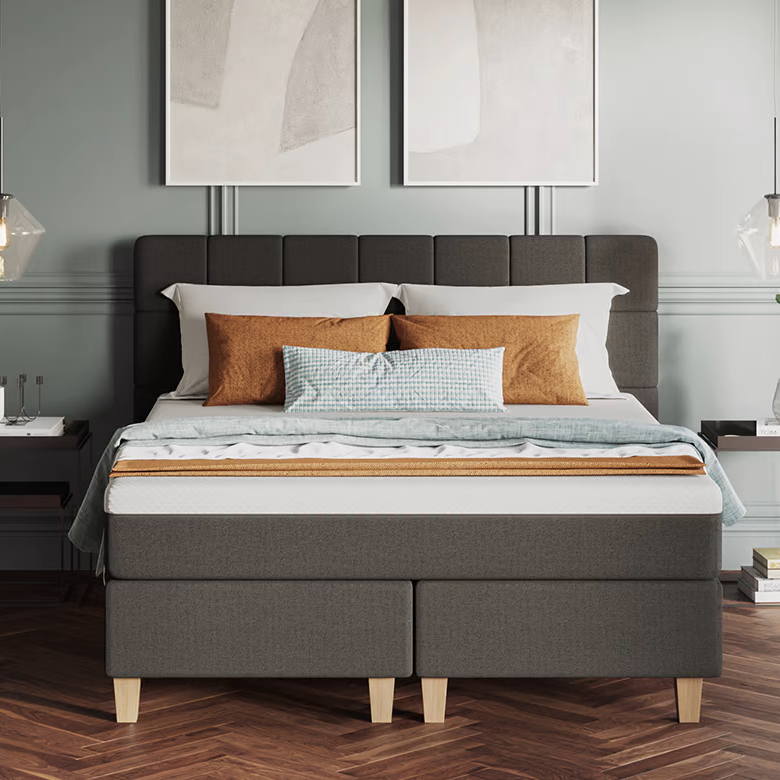
Sleep trial comparison
Both Emma and Simba are online only retailers. That means there are very limited brick-and-mortar stores where you can go to test out their mattresses in person. However, Simba has now launched its mattress range in Bensons for Beds stores nationwide.
Instead, if you buy direct from Simba or Emma, then, as of writing, both manufacturers offer sleep trials that let you test out a mattress within your own home, and then return it (even after it’s been slept on) if you find it isn’t the mattress for you.
You must pay for the mattress first, and you need to ensure that you follow any terms and conditions set out by the retailer. However, both Emma and Simba currently allow you to change your mind within 200 nights of sleeping on their mattresses.
So, in the Emma vs Simba battle, both brands are neck-and-neck in terms of the length of the trial they offer. The only problem is what happens to those mattresses that get returned. But more on recycling and sustainability in a moment.
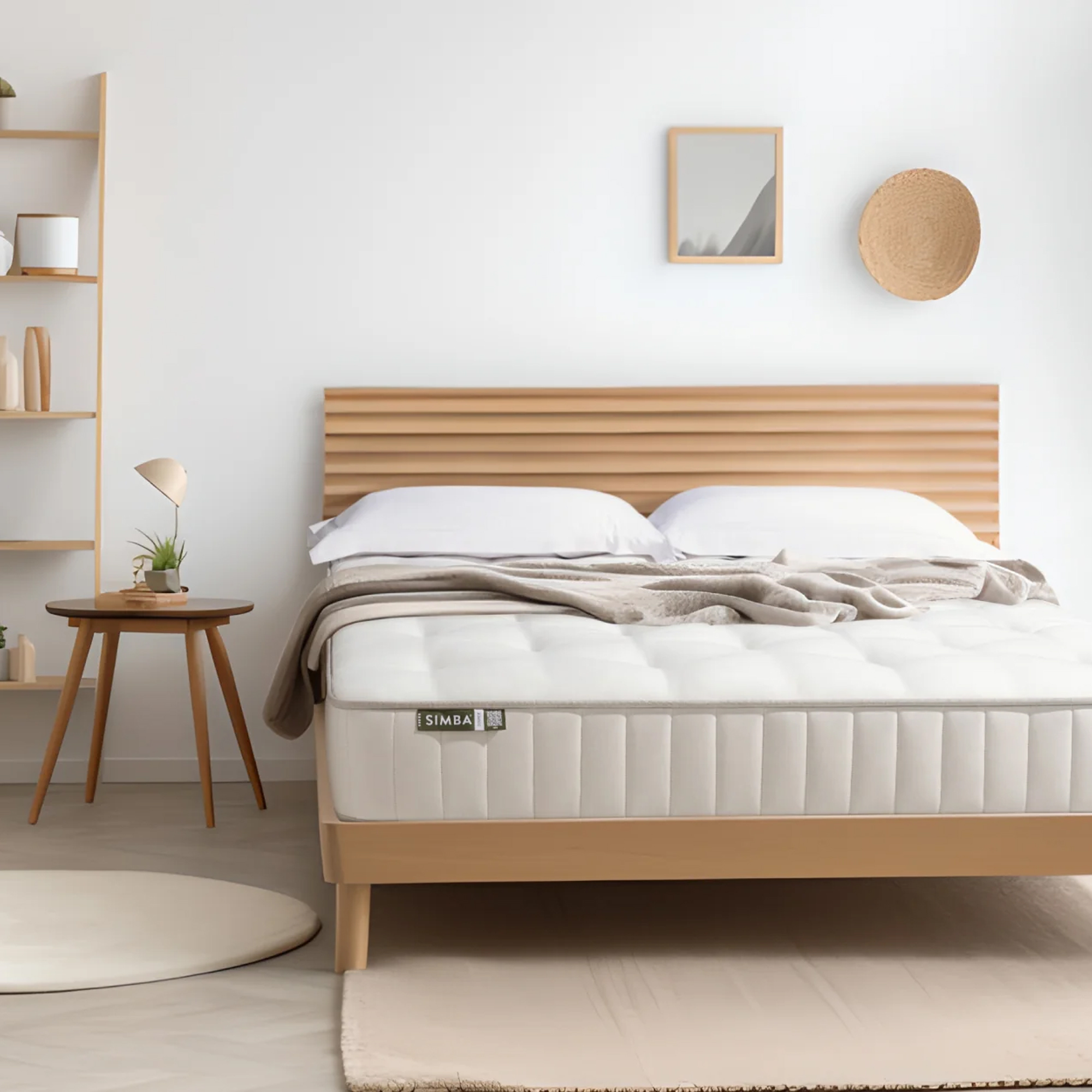
Delivery comparison
It may not seem as important as how a mattress feels to sleep on, but a mattress is a heavy and bulky item, and for many of us, that means that the delivery process is a key part of the mattress buying puzzle.
Both Emma and Simba are known for their mattress-in-a-box delivery. Several years ago, this was something of an innovation, especially if you lived in an apartment block where access to your home was up several flights of stairs. Rather than negotiating getting a flat double or king-sized mattress up tricky stairwells or down awkward hallways, instead the brand’s mattresses were vacuum packed and rolled into a conveniently-sized, and far easier to manoeuvre, cardboard box.
Most of the brand’s ranges are still delivered this way. However, there is some discrepancy between the two brands in other parts of the delivery process.
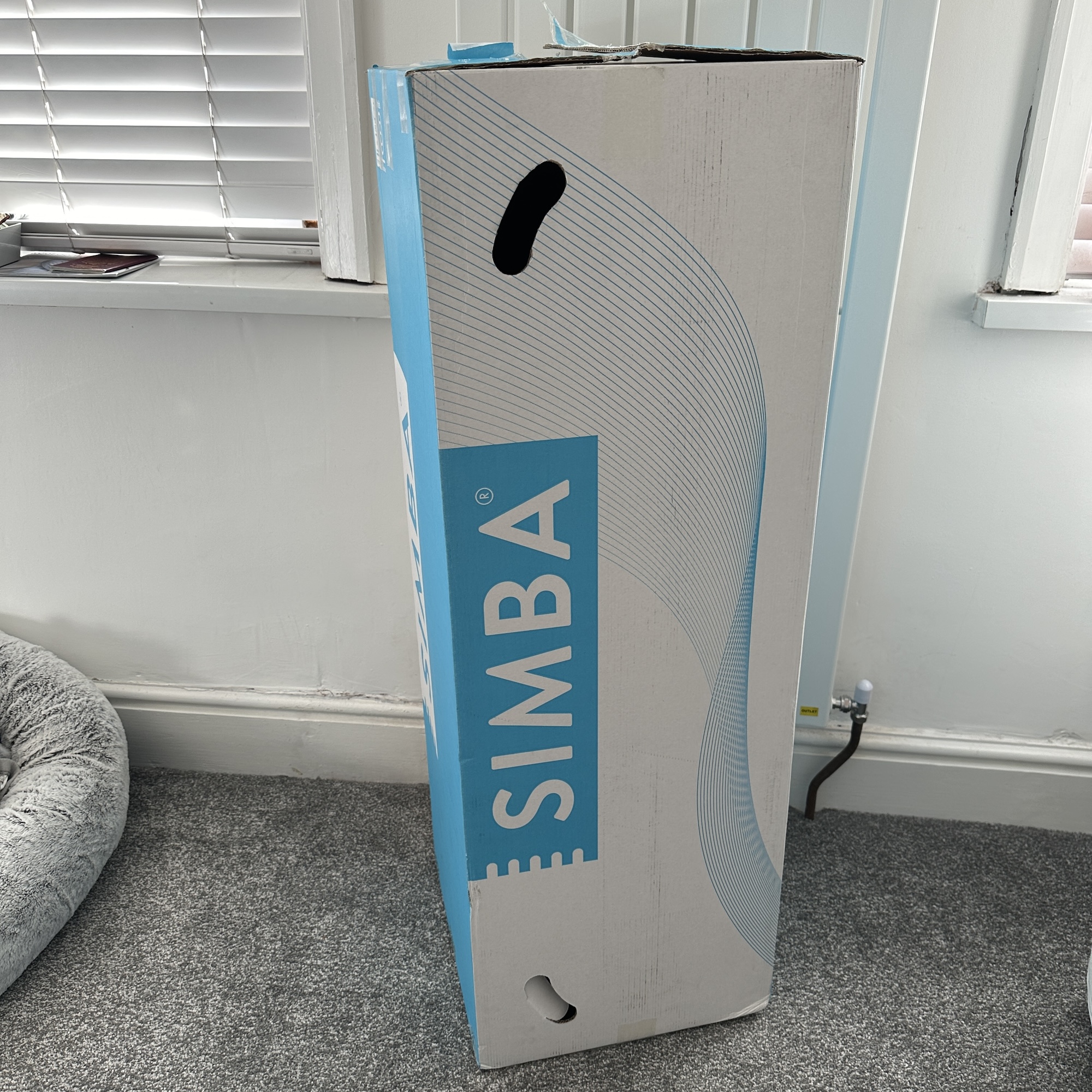
As of writing, Simba offers free delivery of its mattresses to your front door or the room of your choice. For a £50 charge, you can also have your old mattress removed and recycled at the same time, and for an additional £50 fee you can opt for VIP delivery whereby the team will ‘install your mattress or bed for immediate use and remove all packaging’.
In contrast, Emma does offer free delivery, but only to your doorstep, and unfortunately there’s no option to pay more for delivery to the room of your choice. Not ideal for anyone who isn’t able to heft a mattress into their home by themselves.
Emma also doesn’t offer to take your old mattress away when they deliver your new one. You can find out how to recycle a mattress independently, and there are lots of alternative ways to get rid of a mattress responsibly other than relying on the manufacturer delivering your new one. But, it's extra hassle that Simba solves on delivery day.
So, for ease of delivery and customer service options, we think Simba wins in this particular Emma vs Simba scenario.
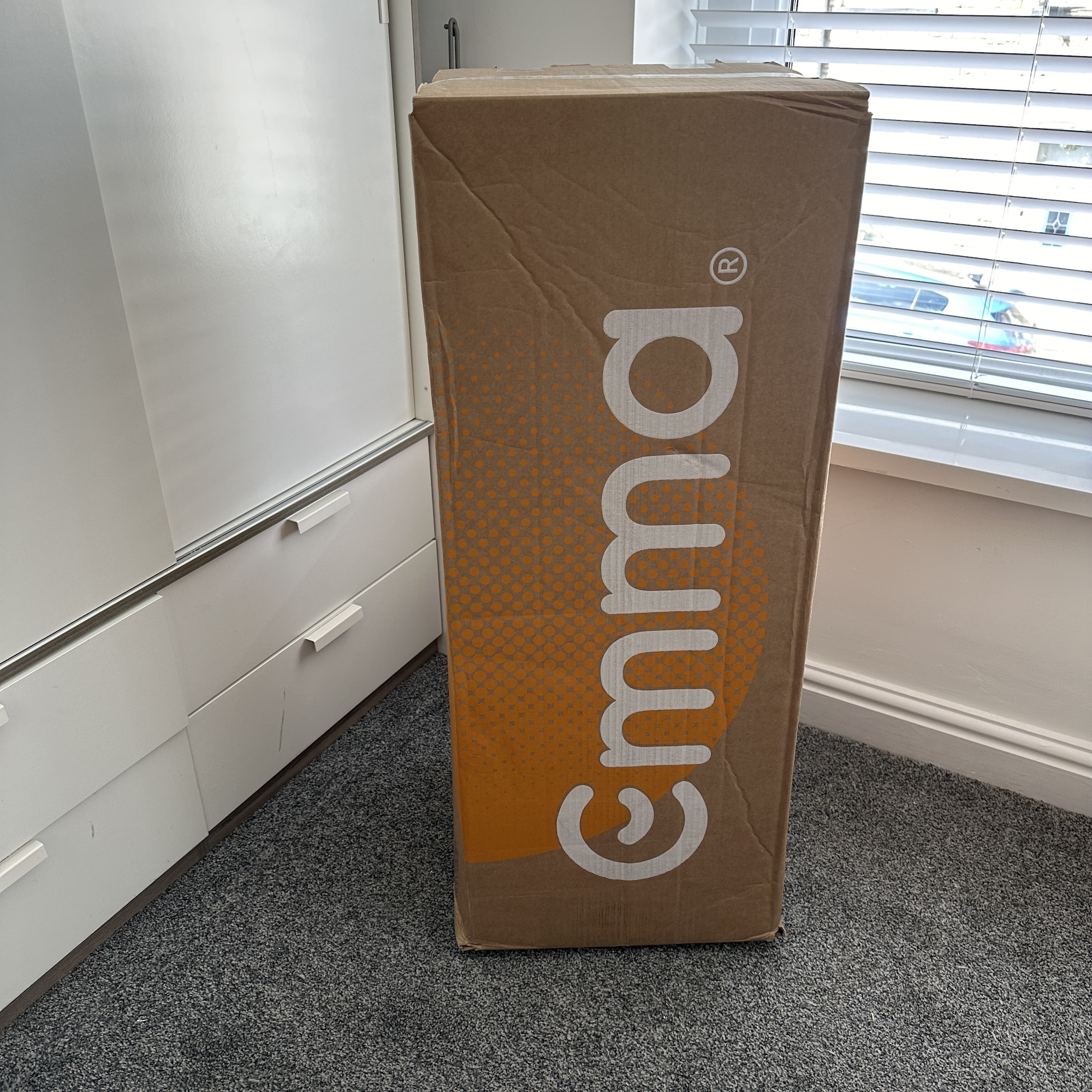
Sustainability comparison
In 2022, the National Bed Federation released a report that stated in the UK only 24% of all discarded mattresses were sent for recycling between 2014 and 2022. More worryingly, the ‘real’ rate of recycling (meaning majority of the mattress components were salvaged and repurposed) was only 14%.
According to the NBF that means ‘around 4.75 million mattresses every year end up in landfill or are incinerated in the UK, that’s equivalent to an area almost four times the size of the City of London and enough to fill Wembley Stadium twice or the Royal Albert Hall 22 times’.
The Simba website currently offers a lot more clarity on how the brand avoids contributing to mattress landfill than we could find on the Emma website. Plus, Simba has the Simba Earth mattress collection. This range vetoes non-biodegradable memory foam for more eco-friendly materials, including welded springs for easier recycling at the end of the mattress' lifespan, and comfort layers made from natural and biodegradable materials such as wool, hemp, and flax.
This is a really positive step forward from Simba, in particular because it acknowledges the huge problem that memory foam and synthetic mattresses can cause to the environment, especially if they end up in landfill.
In fact, Simba now operates its own recycling initiative. For £50 you can book the collection of any mattress from your home via the Simba website. The brand and its partners will then recycle this mattress responsibly to ensure as many components are salvaged and repurposed as possible.
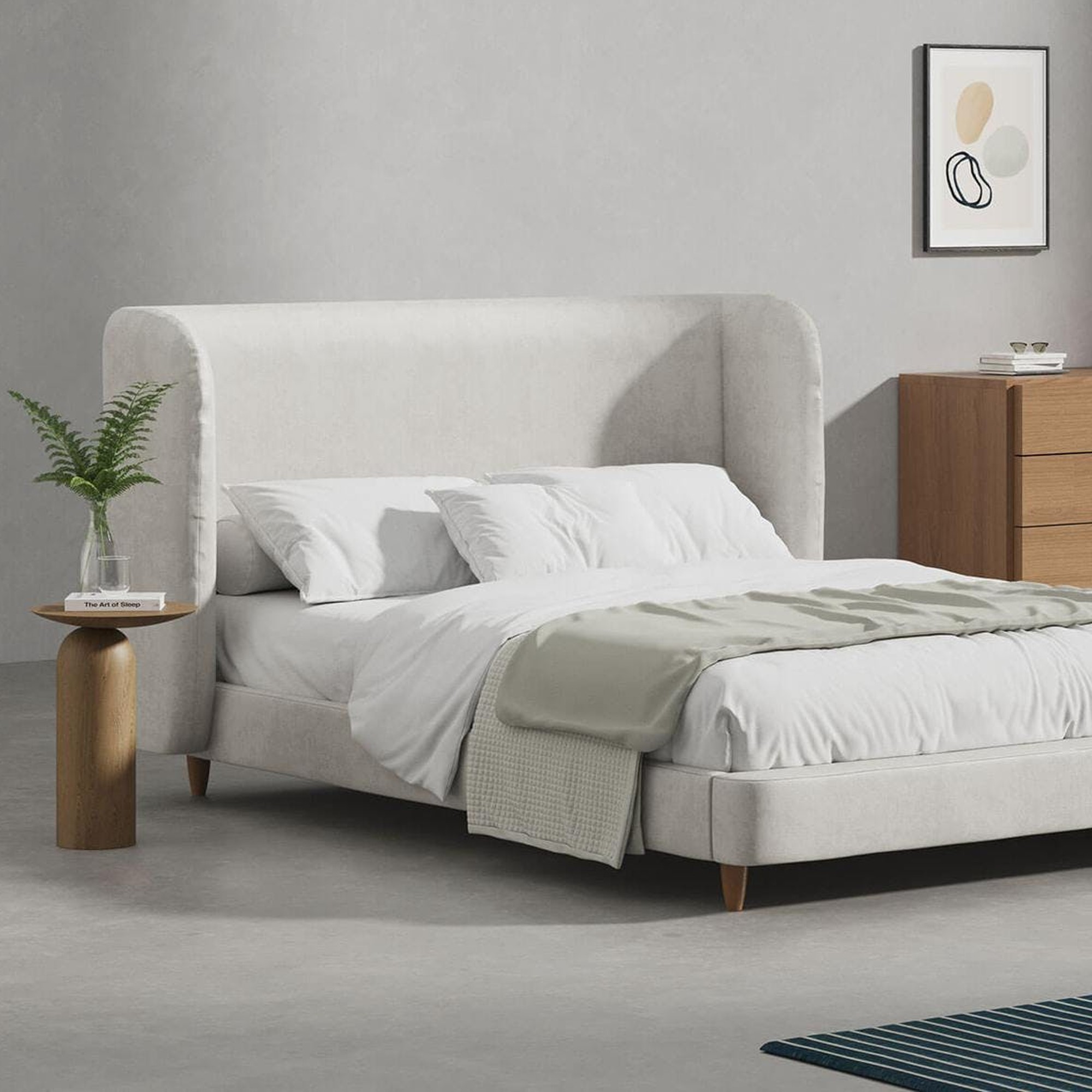
Verdict
So, all things considered, which brand should you opt for in the Emma vs Simba debate?
Well, if affordability is a key criterion in your search, then, as of writing, Emma offers mattresses at a lower price point than Simba. Simba's lowest-priced double mattress, the Simba Hybrid Essential, currently costs £649 at full RRP. In comparison, Emma offers the more affordable Emma Hybrid Original mattress, which retails at £359 for the double.
However, if you're able to invest a little more, then at £799 for a double, we rate the Simba Hybrid mattress as one of the best mattresses you can buy, and investing in this choice means you benefit from shopping with a brand with a high TrustPilot rating and excellent customer service record.
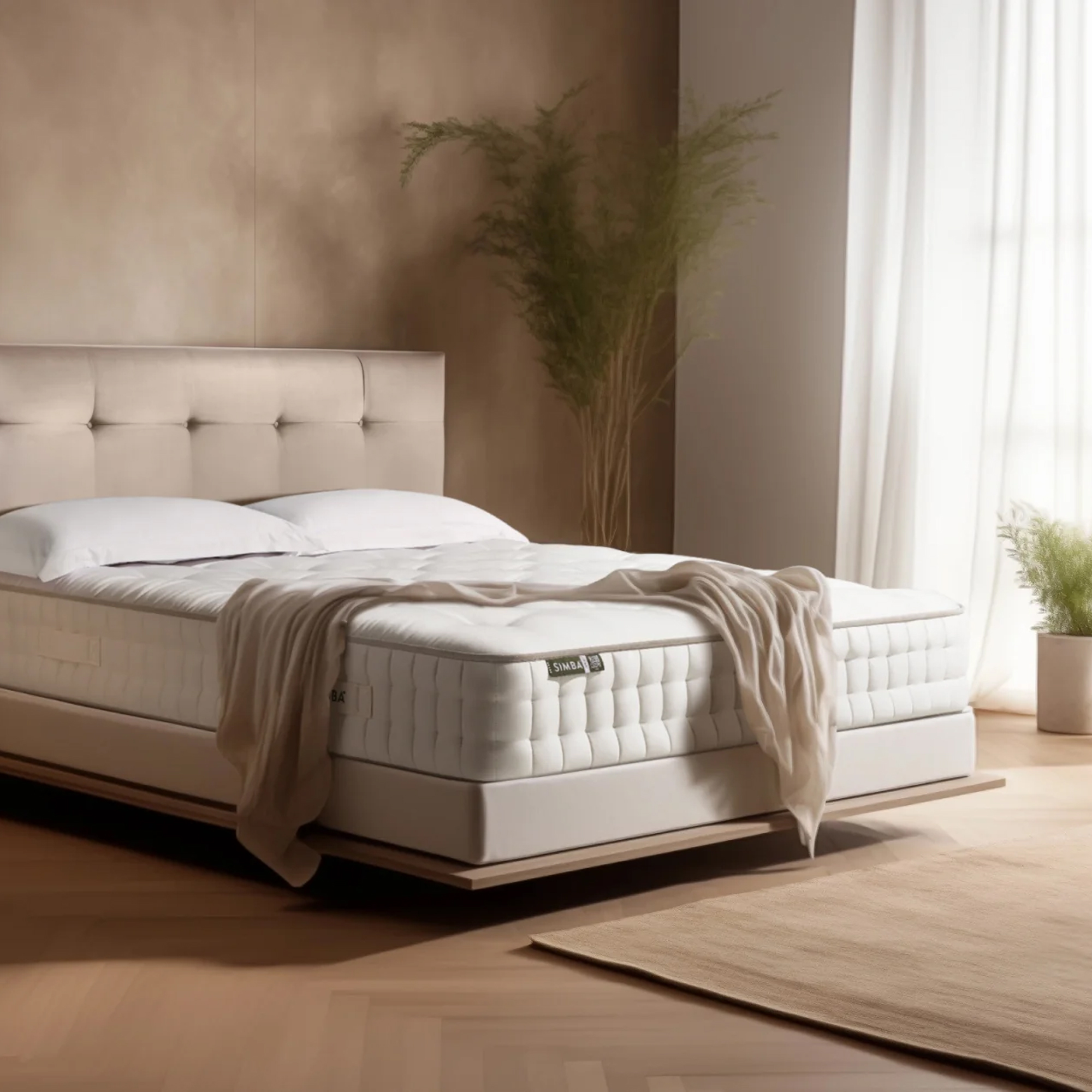
If you don't want to get all hot and bothered before you even get the mattress onto the bed, Simba also offers that all-important delivery to the room of your choice, as well as the option of white glove delivery. If you opt for an Emma mattress, the delivery team will only get the mattress as far as your doorstep and the rest is down to you.
If you're concerned about sustainability and want to invest in a mattress that either utilises natural materials or helps consumers to recycle their mattress responsibly at the end of its lifespan, then Simba also comes up trumps here. The brand is investing in greener biodegradable and recyclable materials in its new Earth mattress range, and offers customers the ability to recycle not only Simba's own mattresses, but any mattress, at the end of its life.
Hopefully this has helped you to determine some of the differences between an Emma and a Simba mattress, and will help you to decide which is the right choice for you.

Amy is Ideal Home’s Sleep Editor and the Ideal Home Certified Expert on Sleep. She's spent the last four years researching and writing about what makes for the best night’s sleep during the day and testing out sleep products to find the best-in-class by night. So far she’s clocked up over 10,000 hours of pillow, duvet, and mattress testing experience.
Our go-to for all things sleep-related, she’s slept on and under bestselling products from Simba, Emma, Hypnos, Tempur, Silentnight, Panda, and many many more.
As a hot sleeper, Amy is always on the lookout for the most breathable bedding, but she also leads a wider team of testers to ensure our product testing encompasses both hot sleepers, cold sleepers, front sleepers, back sleepers, side sleepers, and everything in-between.
You must confirm your public display name before commenting
Please logout and then login again, you will then be prompted to enter your display name.